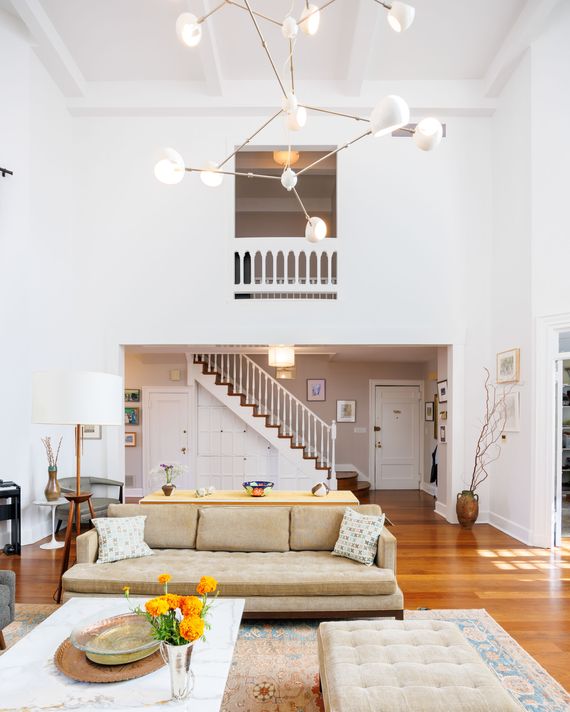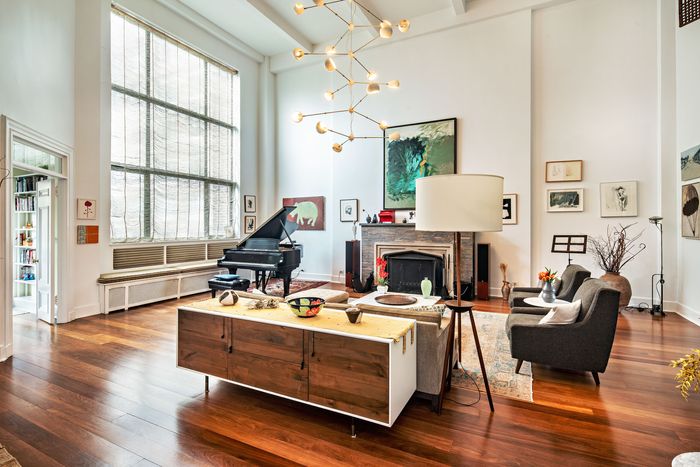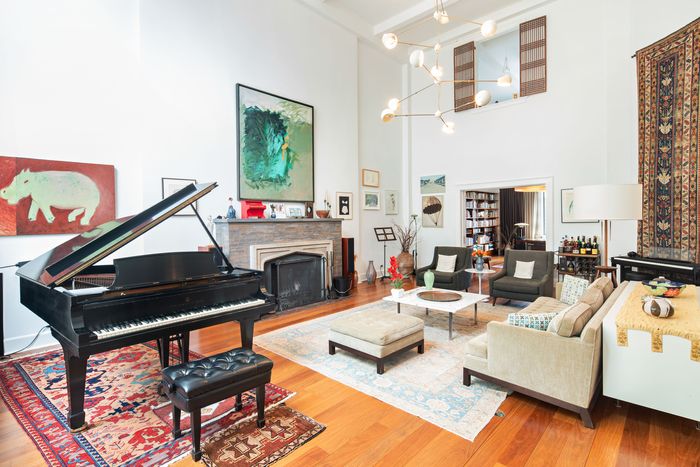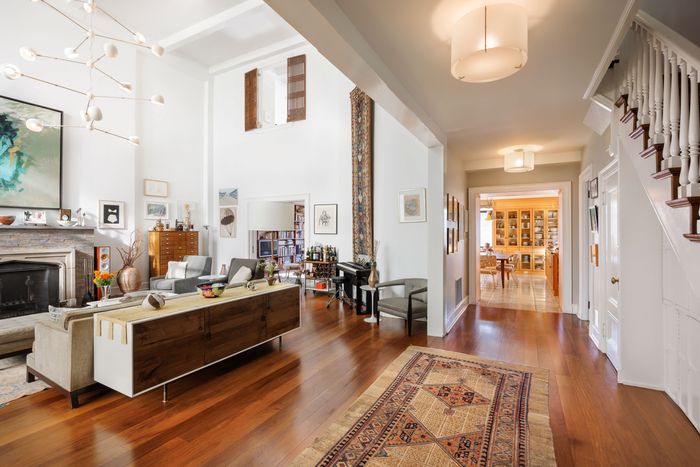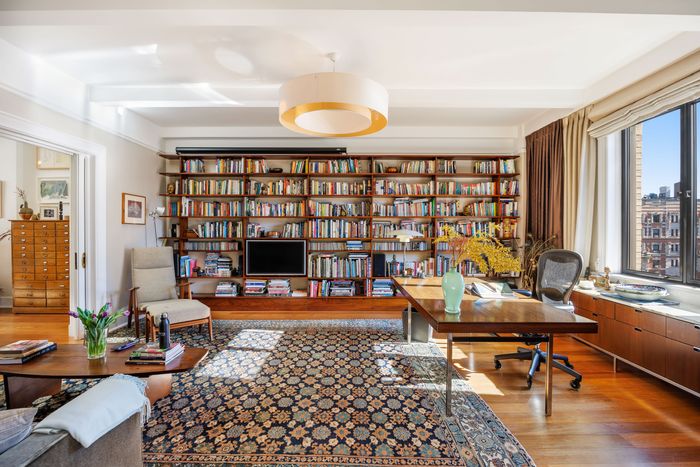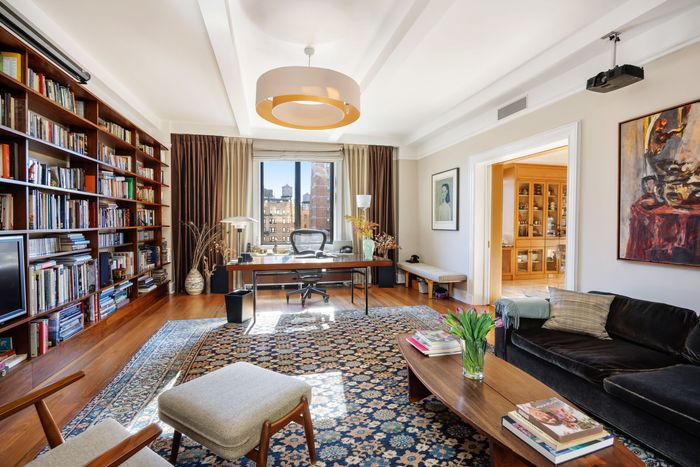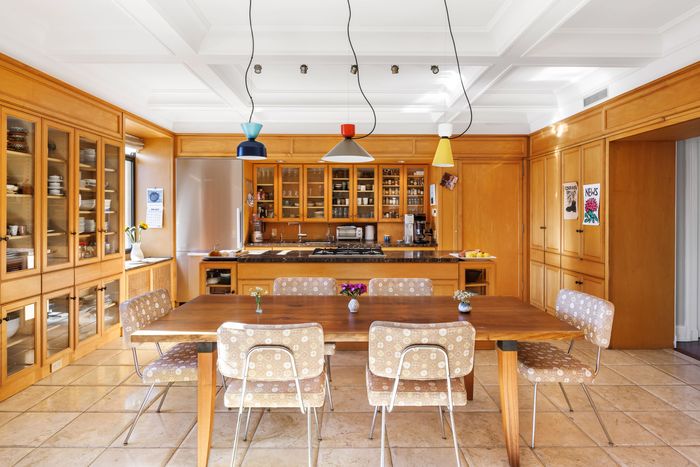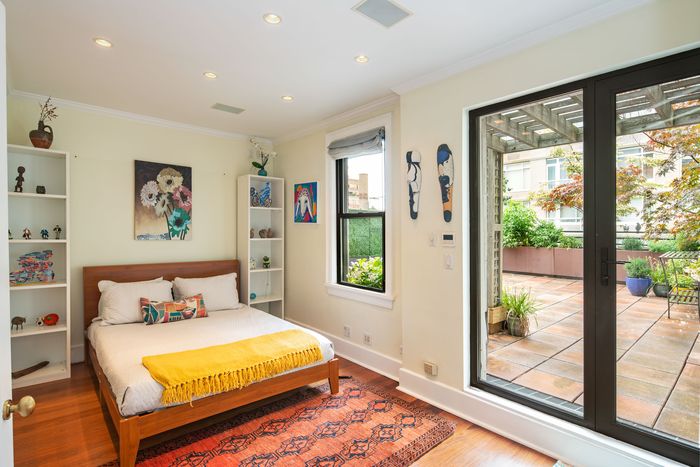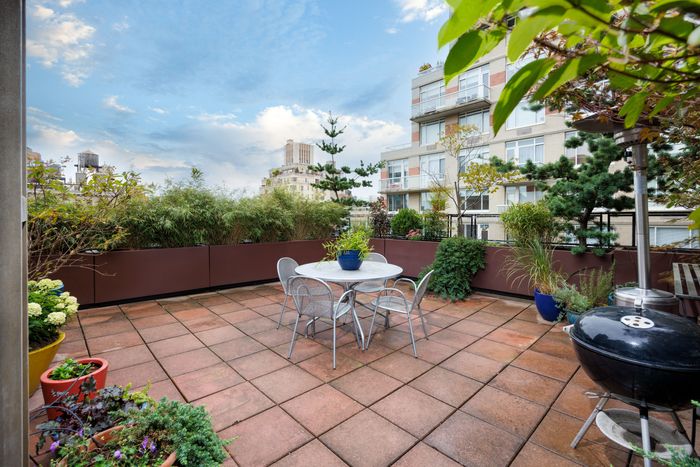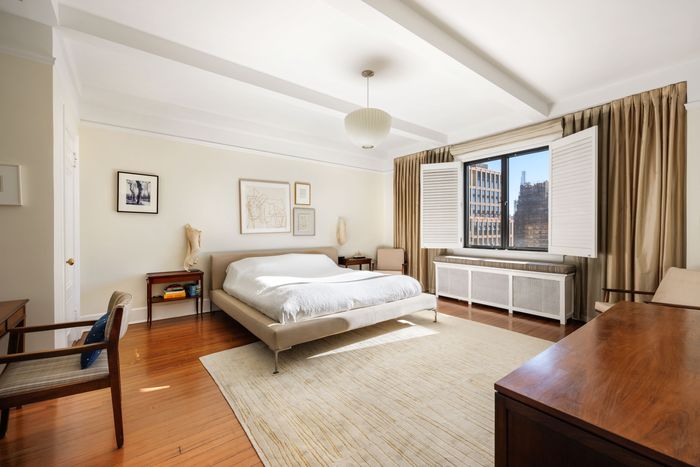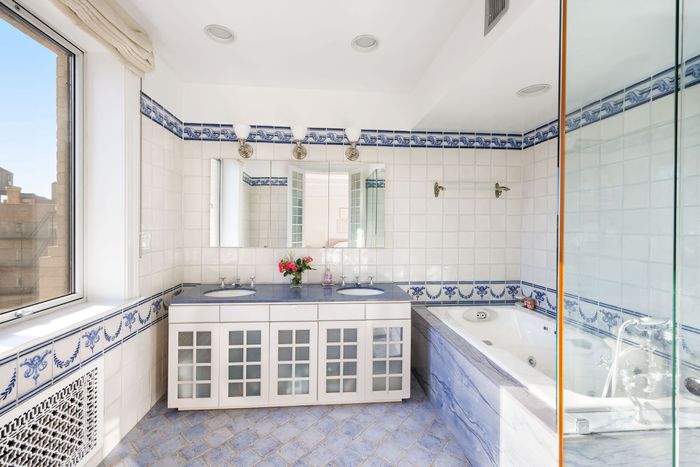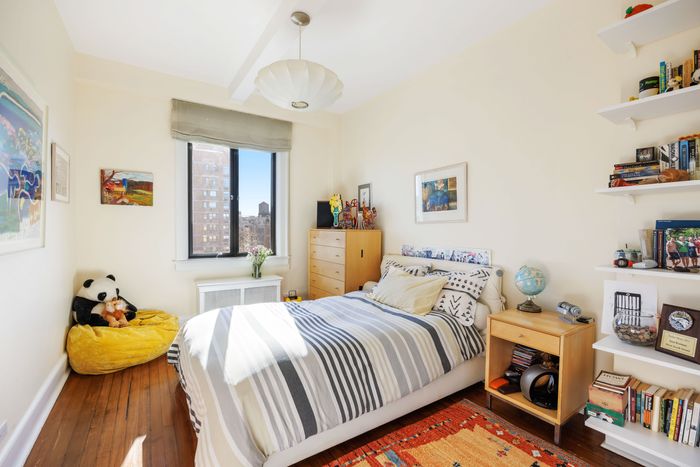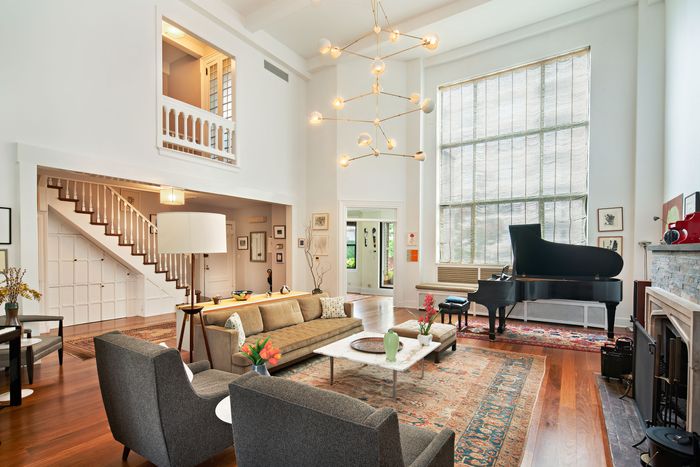
The apartments at 257 West 86th Street were designed around the turn of the century to lure painters: Massive canvases could easily wheel into double-height living rooms, and northern-facing, leaded-glass windows threw consistent light onto models. Duplex layouts meant artists could escape their work by climbing up into a hushed suite of bedrooms. And on their way up, they could see their work from a different angle, over a Juliet balcony.
But from the beginning, the building consistently drew another type of artist: piano players. When Paolo Martucci wasn’t playing on world tours, he was giving lessons from his studio. Pianist and silent-film star C. Virgil Gordon used his apartment to host student recitals. Composer David Gould Proctor used his space to write. Concert pianists Conrad Forsberg and Harold Henry moved in. And in 1929, the pianist Frederic Dixon threw a concert in his home, backed by vocals from the first Dallas native to sing at the Metropolitan Opera.
Seventy-five years after that concert, Dr. Idith Meshulam Korman moved from Tribeca into a penthouse duplex here for the same reason: to live and work as a pianist. From a piano set against the high, leaded-glass windows, she would practice in the mornings, rehearse in the afternoons, and sometimes record. The space and its excellent sound allowed her to throw informal concerts, which could spill onto the penthouse’s large private terrace — the only one in the 40-unit building.
Korman and her husband, the civil engineer Ben Korman, quickly found that many of their neighbors were also artists. They bought from actress Darby Townsend (who moved in after actor Robert Duvall sold his duplex in 1993). On the first floor, the dancer Raoul Gelabert lived above a dance studio he had run since 1965.
The Kormans didn’t end up changing much. The original, dark woodwork — coffered paneling against a staircase, and beams over the living area — had already been painted in coats of clean white, and a kitchen had been updated with lighter wood cabinetry. They refinished floors, fixed up a functional fireplace, and installed lighting from designer friends. A formal dining room turned into a library where they would read and watch movies. They filled the walls with paintings by old friends, including an Eyal Danieli image of a paratrooper, an Ezra Kohn painting of a hippo, and work by Louise Fishman, whom Idith collaborated with.
The Kormans are now itching to return to where they came from — downtown. They are leaving the home where they raised their son, where Idith commissioned and designed concerts, where she rehearsed the concerto of the 18th-century composer Marianna Martines and a prelude by the Finnish composer Kaija Saariaho. “Our careers blossomed, our child grew up, we had wonderful concerts and events in the living room,” she said. “It is an inspiring place.”


